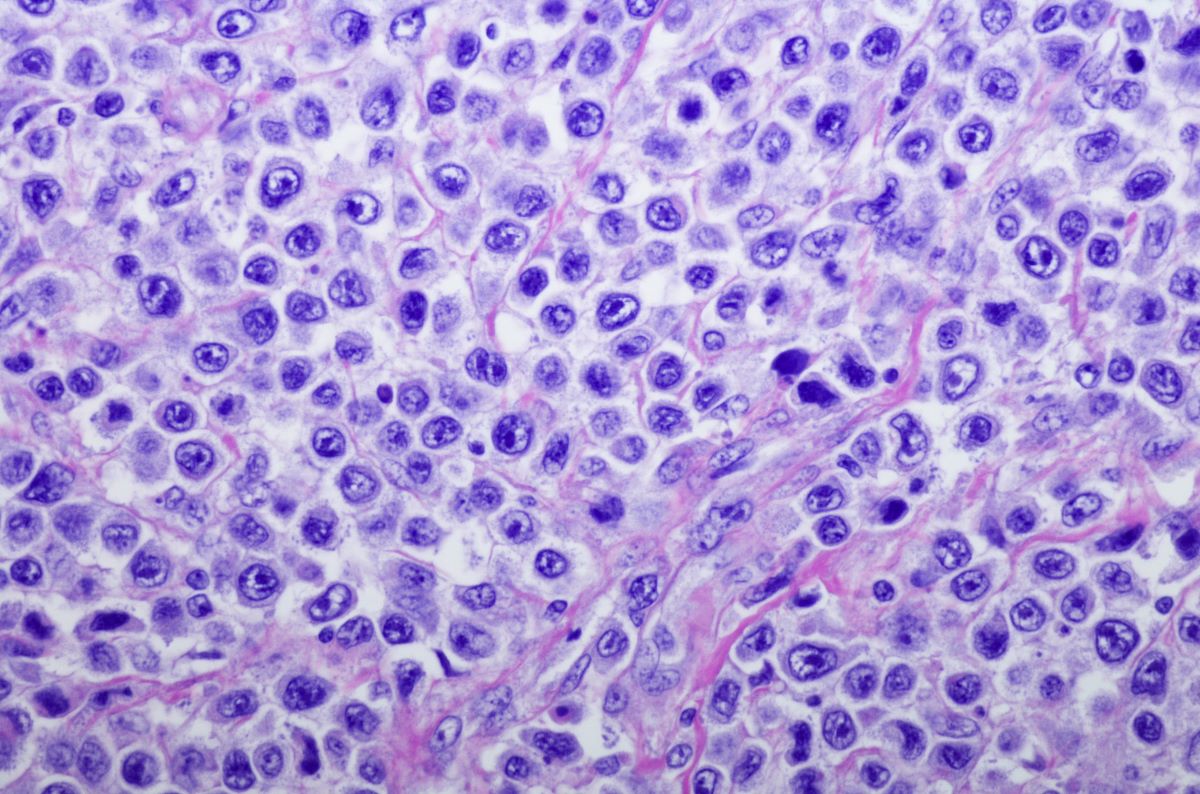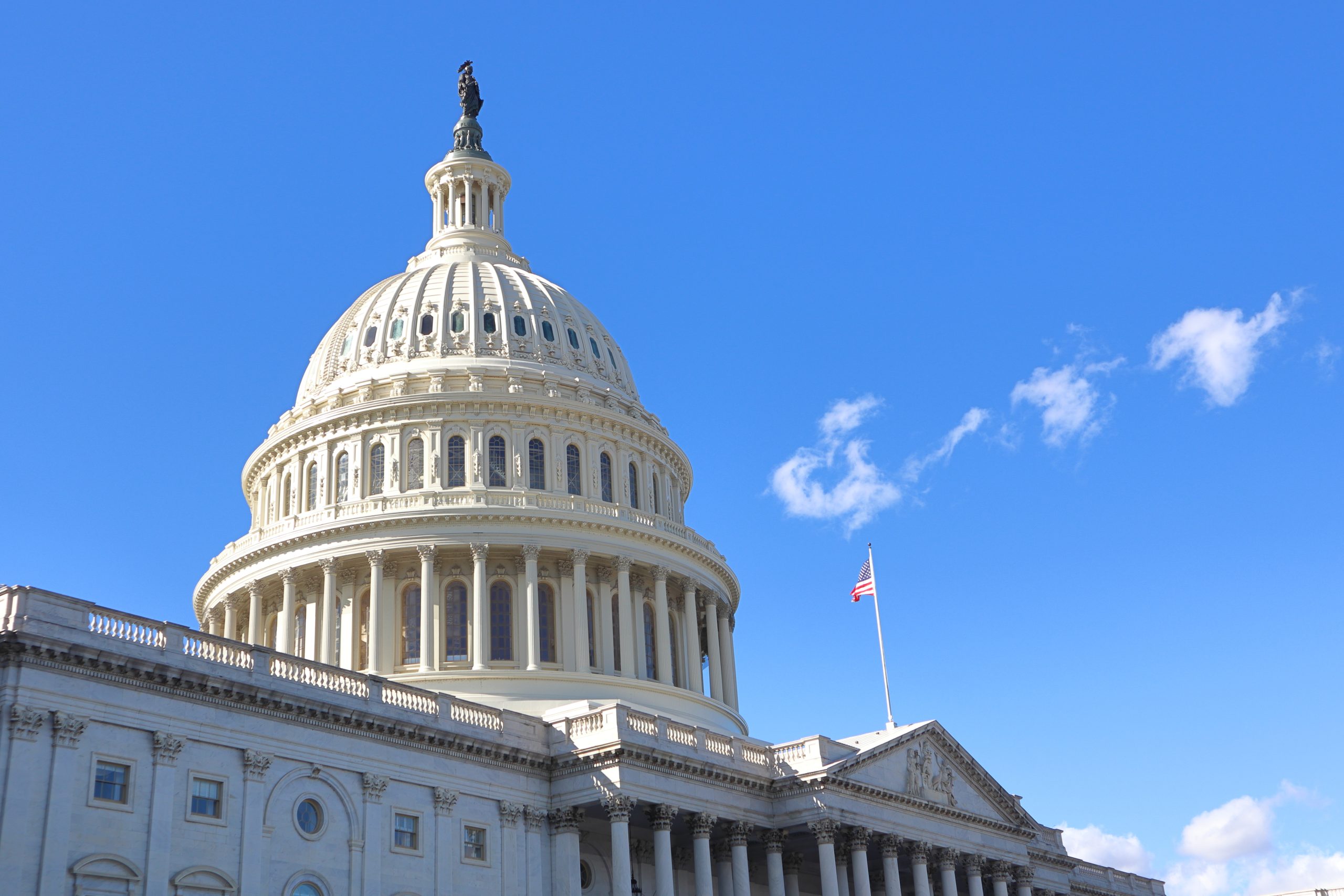
Topical synthetic hypericin activated with visible light is an effective and well-tolerated photodynamic therapy (PDT) to treat early-stage mycosis fungoides−cutaneous T-cell lymphoma (MF/CTCL), according to results from the phase III FLASH trial.
The results were published in JAMA Dermatology in a paper by Ellen J. Kim, MD, of the Department of Dermatology at the Perelman School of Medicine at the University of Pennsylvania and colleagues.
The purpose of the study was to determine the efficacy and safety of topical synthetic hypericin ointment, 0.25%, activated with visible light as a non-mutagenic PDT in early-stage MF/CTCL.
The randomized, multicenter, double-blind clinical trial was conducted between December 2015 and November 2020. The study enrolled 169 patients aged 18 years and older with early-stage (IA-IIA) MF/CTCL.
In cycle one, patients were randomized 2:1 to receive hypericin or placebo to three index lesions twice weekly for six weeks. In cycle two, all patients received the active drug for six weeks to index lesions. During the optional third cycle, both index and additional lesions received active drug for six weeks.
The primary endpoint was the index lesion response rate (ILRR), which the authors defined as 50% or greater improvement in modified Composite Assessment of Index Lesion Severity score from baseline after six weeks of therapy for cycle one.
The results showed that after six weeks of treatment, hypericin PDT was more effective than placebo (cycle one ILRR, 16% vs 4%; P=.04). The ILRR increased to 40% in patients who received two cycles of hypericin PDT (P<.001 vs cycle one hypericin) and to 49% after three cycles (P<.001 vs cycle one hypericin).
Significant clinical responses were observed in both patch and plaque type lesions and were similar regardless of age, sex, race, stage, time since diagnosis, and number of prior therapies.
Adverse events related to the treatment were mild local skin (13.5% to 17.3% across cycles one to three vs 10.5% for placebo in cycle one) and application-site (3.2% to 6.9% across cycles one to three vs 4% for placebo in cycle one) reactions, according to the study results.
The authors reported that no serious adverse events related to the drug occurred and the treatment was effective with a favorable safety profile.
“The findings of this randomized clinical trial indicate that synthetic hypericin PDT is effective in early-stage patch and plaque MF/CTCL and has a favorable safety profile,” the authors concluded.
Kim EJ, Mangold AR, DeSimone JA, et al. Efficacy and safety of topical hypericin photodynamic therapy for early-stage cutaneous T-cell lymphoma (mycosis fungoides): the FLASH phase 3 randomized clinical trial. JAMA Dermatol. 2022;10.1001/jamadermatol.2022.2749. doi:10.1001/jamadermatol.2022.2749






 © 2025 Mashup Media, LLC, a Formedics Property. All Rights Reserved.
© 2025 Mashup Media, LLC, a Formedics Property. All Rights Reserved.